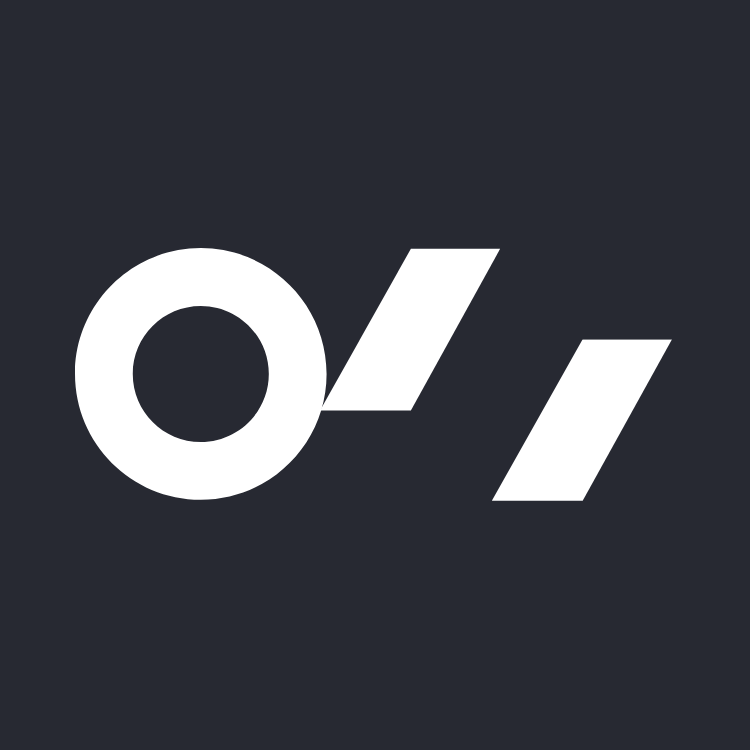Why We're Building OutScout: Redesigning How Critical Hires are Made in Tech

There are endless posts, investor decks, and articles about hiring being “broken.” And in many ways, it is. But in real basic terms, it’s been overcomplicated, wildly fragmented and as a result, it's far too noisy.
Disclaimer: It’s never going to be something that can be “fixed,” at least not to the point of being perfect.
Only one person can land one job. Disappointment is inevitable. But there are many ways it can be enhanced.
On both sides of the table, we are dealing with people. Companies change, decision-makers move seats, roles get redefined, and people’s lives change. Sometimes these changes happen over weeks or months. Sometimes they happen in a moment.
Truly specialist hiring clearly does need to be “re-designed” and updated to keep up with the other drastic changes in the way we work and the way we make decisions.
According to many recent studies, hiring is the top agenda point for Founders, Execs and investors, and according to OpenView, it’s the key reason Founders are losing sleep at night.
How Did We Get Here?
There is a supply and demand mismatch. Not enough people to do all the work at all the companies out there. But there’s more to it than that. It’s a lot to do with the legacy ways of working not updating fast enough to keep up. Hiring is busy work; often with little time to take a step back.
Back in the Day
In the early days, it was who you knew, door-knocking, and posting resumes into companies. Then came job ads in papers/magazines, and over time more specialist staffing agencies and search firms emerged/exploded.
The internet meant these ads went online – cue mass inbound applications, and this still exists today (at record levels). It strains internal teams and frustrates applicants (the “recruitment black hole” as it’s known today).
Local Networks and Black Books
Most agencies and search firms have spent years building local networks for their clients to engage with the best and largely closest people. There are aspects to this that remain relevant, but there’s a huge portion of these localized value props that are now incredibly antiquated.
Social Networks
The next big step was the adoption of social media. LinkedIn was never purely designed to solve the hiring problem for highly specialized skill sets. It has, of course, helped (we’ve made several hires using it), but it’s a double-edged sword. The world’s data got turned inside out. Meaning it’s vast and increasingly noisy. Managing it is a full-time job.
The OutScout team recently helped a public SaaS client who received 650+ inbound applicants (from LinkedIn, Glassdoor, and its careers section) for a director-level hire, none of whom fit the profile. Not one.
We matched four people, and one was hired within four weeks. This is how we see the future of skills matching working. More signals, less noise, and better use of time and energy for all concerned. Hiring is about outcomes, but also experience.
Smarter matches. More meaningful discussions. Better hires. Valuable time back. Less frustration.
Post-Pandemic Validation
The last two years have fully highlighted that hiring decisions come down to a few key factors (signals):
- Strengths-based skills identification, validation, and proof of success:
“What are the things they are best at?”
“What are we getting in on day one?” - How people think, question, deconstruct, innovate and implement ideas:
“How smart are they?”
“Can they help us figure this sh!t out?”
- Communication style, enabling teams to gel, move quickly, and execute:
“Can I work with this person easily/enjoyably, without any unnecessary friction?”
“How quickly will they ramp, be autonomous and adjust”
- How much does this person care about what we’re doing?
“Are they interested and why are they interested?”
"How much do they care?”
- What are the red flags:
“What’s going to hold us/them back?”
“What are the risks here?”
The last three points are really for the interview process, but the first two should be a given for all matches/submissions. Skills, experience, and smarts. All in place to make for a more meaningful interview process. Then, fit can be agreed upon based on comms, overall fit, and confidence through consensus.
What's Next?
For the most in-demand and specialist skillsets, we think there is a smarter way; A closed, validated, more focused network, with the smartest matching available. Fully technology-enabled, but always human/people-centric.
Finding the Right Match Regardless of Where You Are
Many of OutScout’s startup clients were born mid-pandemic, so they’ve never had nor will have locations that matter. They are fully distributed by design. Some of our enterprise clients are all-in on remote too. But many companies are still figuring it all out. It’s an extra constraint, and it all adds to the matching problem.
Many candidates are dying to get back in to meet their team; either every day or more hybrid setups. But it’s a new set of preferences that need to be considered when searching for a new role. The list of preferences is growing and it’s making it harder for everyone to manage. This is where self-service, stronger data, and matching technology can help.
Isolating the Hiring Signals
We’ve pretty much all been re-programmed to scan instead of reading thoroughly. We make decisions based on faster ingestion of data. We’re more visually wired than ever before, and we’re more impatient. Whether we like it or not, our attention span is short and shortening.
Considering these changes in our behaviors we think there should be a trusted, gated, digital destination that’s more in line with our other working practices. It should provide more meaningful matches, with smarter choices, and close to zero noise for all parties.
Matching technology can make a lot of this more reliable, and experts can ensure processes are moving along nicely, experience is optimized, and advice is offered up where needed. It must remain human.
Cleaning Things Up
Some clients don’t care about resumes. Some clients hate LinkedIn profiles. It’s impossible to please everyone. So, a cleaner, more consistent profile that dives into true strengths and preferences is what's important. The rest helps but isn’t truly necessary.
Both sides of the hire (companies and tech professionals) should have more control and get more valuable time back. Imagine, no more sourcing and no more scraping through the endless and unnecessary inbound – that’s what we’re working towards.
Positions within the OutScout platform are well-defined but concise – based on core needs and selling points of the role. Lengthy, wordy job descriptions should soon be a thing of the past.
Self-service is real, and the trend will continue. However, we know that for professionals making a big career move, people should be able to draw on the advice of experts, even with all the AI in the world. For that reason, we will always have Talent Partners there to help and consult throughout the journey. Whether that’s at every step or just a critical point in the process. It’s different for everyone.
The Next Phase of Hiring
Closed, intuitive, trusted, and focused networks are how hiring can get smarter over time and become more powerful for the right talent communities. In our case, it’s mid-senior level, critical hires in the technology space, who want to work with high-growth, purpose-driven technology companies.

